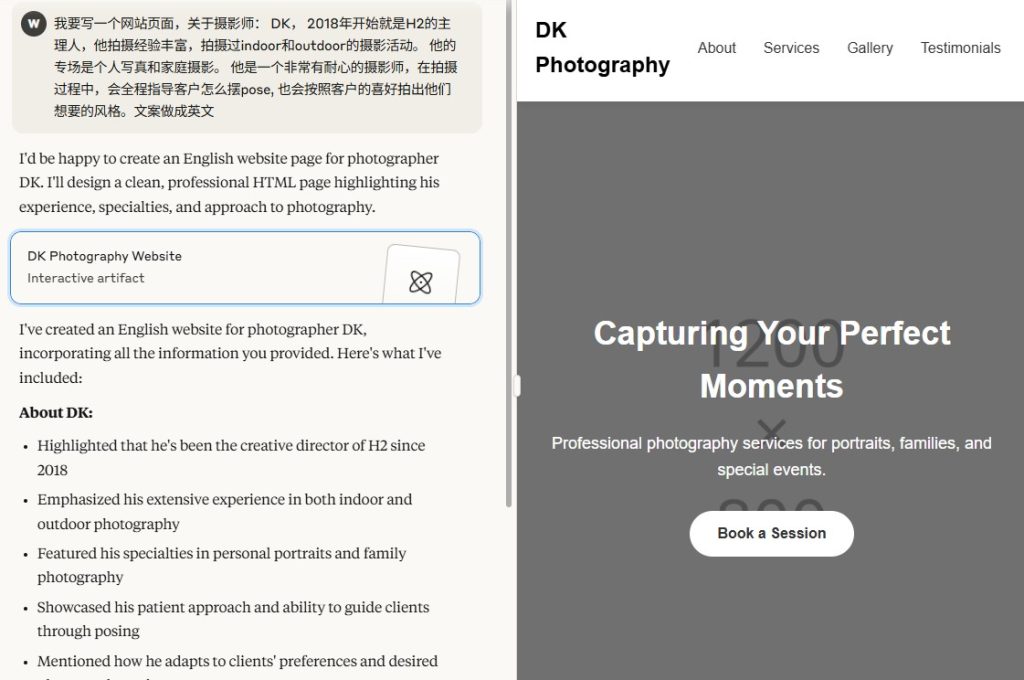For website owners and digital marketers, maintaining a high Google ranking is crucial for online visibility and success. However, the digital landscape is ever-evolving, and rankings can sometimes experience sudden and perplexing drops. If you’ve noticed a significant decline in your Google ranking, don’t panic just yet. In this blog, we’ll explore some possible reasons behind a dramatic drop in your website’s position on the search engine results pages (SERPs) and discuss strategies to address and recover from these setbacks.
7 Possible Reasons For Your Google Ranking Dropping
Algorithm Updates
Google’s search algorithms are dynamic and continually evolving to improve user experience by delivering the most relevant and high-quality content. If your website experiences a sudden drop in ranking, it may be a consequence of a recent algorithm update. Recovering from such changes requires a proactive approach.
Stay Informed:
To recover from a ranking drop caused by algorithm updates, stay informed about the latest changes announced by Google. Follow reputable SEO news sources, blogs, and official Google communications to understand the modifications in the algorithms. Google often provides insights into the focus of these updates, helping you align your content and SEO strategies accordingly.
Adapt Your Strategies:
Once you’re aware of the algorithm changes, adjust your content and SEO strategies accordingly. Focus on creating high-quality, relevant, and user-friendly content that aligns with the updated ranking criteria. Keep abreast of the evolving best practices in SEO to ensure your website remains in harmony with Google’s algorithmic preferences.
Technical Issues
Technical issues on your website can have a profound impact on its Google ranking. Common technical issues include slow page loading times, broken links, and problems with mobile responsiveness. Conducting a comprehensive website audit is essential to identify and rectify these issues.
Website Audit:
Perform a thorough website audit using tools like Google PageSpeed Insights, Screaming Frog, or SEMrush. Identify areas where your website may be underperforming, such as slow-loading pages or broken links. Prioritize fixing these issues to enhance the overall user experience and signal to Google that your site is technically sound.
Quality of Content
Content quality is a critical factor in Google’s ranking algorithms. If your content is outdated, irrelevant, or lacks depth, it can lead to a drop in ranking. Regularly revising and updating your content is essential to maintain and improve your search visibility.
Content Reassessment:
Review your existing content for relevance and accuracy. Update outdated information, add fresh insights, and ensure your content meets the needs of your target audience. Pay attention to user engagement metrics, such as bounce rate and time on page, as these indicators influence Google’s perception of content quality.
Backlink Profile
Google evaluates the quality and quantity of backlinks when determining a website’s authority. A sudden drop in rankings may be linked to a loss of high-quality backlinks or an influx of low-quality ones.
Backlink Evaluation:
Regularly assess your backlink profile using tools like Moz, Ahrefs, or Google Search Console. Identify and disavow harmful or irrelevant links that may be negatively impacting your ranking. Focus on building high-quality backlinks from reputable sources to strengthen your website’s authority.
Keyword Issues
In the ever-evolving landscape of online search, user behaviour and preferences continually shift. This dynamism can have a direct impact on the efficacy of your chosen keywords and, consequently, your Google ranking. If your website is optimized for keywords that have become outdated or are no longer relevant to your target audience, there’s a high probability that your visibility in search results will suffer.
Performing Keyword Research:
To address keyword-related ranking drops, it’s imperative to conduct thorough keyword research. This involves identifying not only the terms your audience uses but also understanding the current trends and topics in your industry. Utilize tools like Google Keyword Planner, SEMrush, or Ahrefs to uncover relevant and high-traffic keywords that align with your content.
Updating Content Accordingly:
Once you’ve identified the right keywords, it’s time to update your existing content and create new content that aligns with these keywords. This doesn’t mean keyword stuffing; instead, focus on creating valuable, engaging, and informative content that naturally incorporates these keywords. This strategy not only improves your search ranking but also enhances the overall user experience on your site.
Penalties
Google is committed to providing users with high-quality, trustworthy search results. To ensure this, the search engine giant enforces strict guidelines, and websites that violate these guidelines may face penalties, resulting in a significant drop in ranking.
Common Reasons for Penalties:
Black-Hat SEO Practices:
Engaging in black-hat SEO practices, such as keyword stuffing, cloaking, or using hidden text, can trigger penalties from Google. These practices aim to manipulate search algorithms rather than providing genuine value to users.
Duplicate Content:
Having identical or substantially similar content across multiple pages can lead to penalties. Google prioritizes unique and original content, penalizing sites that attempt to manipulate rankings by duplicating content.
Low-Quality Pages:
Maintaining a high volume of low-quality pages, whether due to thin content, poor user experience, or irrelevant information, can result in penalties. Google strives to deliver results that genuinely benefit users, penalizing websites that fail to meet these standards.
Review and Rectify:
If you suspect your website has been penalized, it’s crucial to review Google’s guidelines meticulously. Identify and rectify any practices or content that may be in violation. Once you’ve addressed the issues, you can submit a reconsideration request to Google, explaining the steps you’ve taken to comply with their guidelines. Be transparent and provide evidence of the corrective actions you’ve implemented.
Competition
The online landscape is dynamic, and competitors continually refine their SEO strategies. Staying competitive requires vigilance and adaptability.
Competitor Analysis:
Regularly analyze your competitors’ activities and strategies. Identify areas where they may be outperforming you and adapt your approach accordingly. This might involve refining your keyword targeting, creating more targeted content, and enhancing your overall online presence to stay competitive. Adapting to changes in the competitive landscape ensures that your website remains relevant and continues to meet the evolving expectations of both users and search engines. Stay informed about industry trends and emerging best practices to maintain a competitive edge in your niche.
Conclusion
A sudden drop in Google ranking can be alarming, but it’s crucial to approach the situation methodically. By considering factors such as algorithmic updates, content quality, technical issues, backlink profiles, and industry changes, you can identify potential reasons behind the decline and take appropriate measures to address them. Regular monitoring, proactive SEO strategies, and staying informed about the latest developments in the digital landscape will contribute to the long-term success and resilience of your online presence.
Entrusting your digital marketing efforts to a Singapore digital marketing agency goes beyond addressing immediate challenges. It positions your online presence for sustained growth and prominence. Their proactive approach to monitoring, strategic planning, and implementation of SEO measures ensures that your website not only recovers from setbacks but also thrives amidst the ever-changing digital landscape. By partnering with experts, you forge a path towards enduring success and resilience in the competitive online arena.








